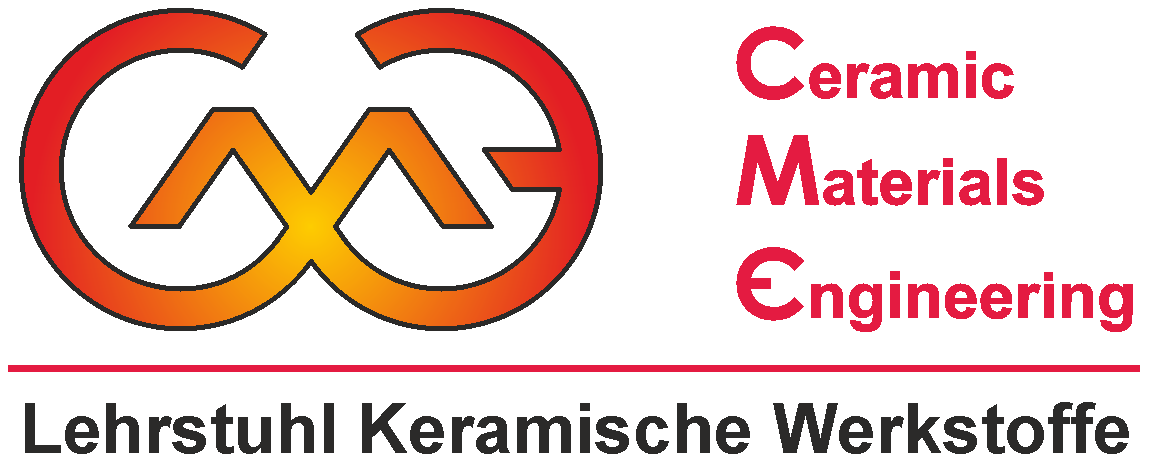3D printing of WPC to produce near-net-shape complex SiSiC components (WPC III)
Project description
In the IGF project "3D printing of WPC for the production of near-net-shape complex SiSiC components", additive processes are being developed which, based in part on biogenic/wood-based starting materials, enable innovative, cost-efficient, and sustainable SiSiC ceramic production from batch size one. The aim of the research project is to pyrolyze additively manufactured WPC green bodies with the lowest possible shrinkage and infiltrate the resulting C-template with liquid silicon to obtain a high-quality, sustainable, biogenic, and thus "green" SiSiC ceramic.
The WPC green bodies are manufactured using specially developed filaments and granules, which have a high C residue after pyrolysis. The Fused Filament Fabrication (FFF) and Fused Granular Fabrication (FGF) manufacturing processes can be adapted to produce contoured green bodies. Due to the absence of SiC particles, significantly less tool wear occurs in green body fabrication than with current starting materials. The components obtained via the additive manufacturing process exhibit comparable mechanical properties compared to conventionally manufactured SiSiC ceramics.
Additive manufacturing (AM) addresses or circumvents the problem, particularly relevant to SMEs, of poor economics at low volumes and high capital investment for molding and processing. AM makes it possible to manufacture complex structures with small capital investment, even at low volumes, at low cost and without additional tooling.
The production of ceramic components with integrated complex geometries and graded products, which have specific functional properties, can be realized, for example, using multi-material printing in the FFF process. If the components can be pyrolyzed true to shape, subsequent silicization could yield complex SiSiC components that are not otherwise possible with any other molding process.
Combining the WPC route with additive manufacturing helps to produce SiSiC components in a more sustainable, resource-efficient, and low-energy way. Processing WPC into SiSiC components eliminates the need for high-energy preparation of SiC powder. In addition, additive manufacturing means that material is only used where it will be needed later. As a result, the component is produced close to the final contour and may only require minor finishing to remove the steps that always occur due to the layered structure, as well as the machining of functional surfaces.
Duration: 04/2022 - 09/2024
Funding: AiF/IGF
Project partner: SKZ (Würzburg)
Contact: Jalena Best M.Sc., Dr.-Ing. Carolin Sitzmann, Dr. Nico Langhof

